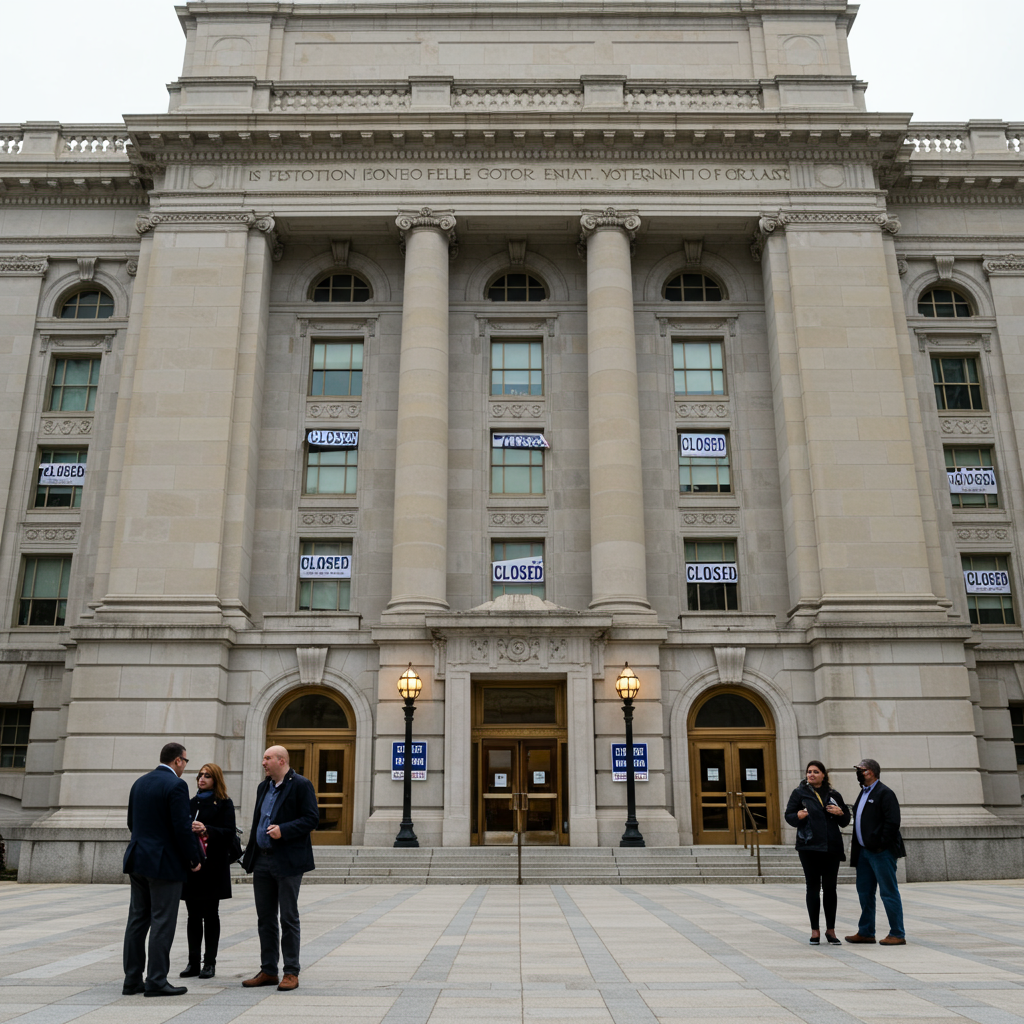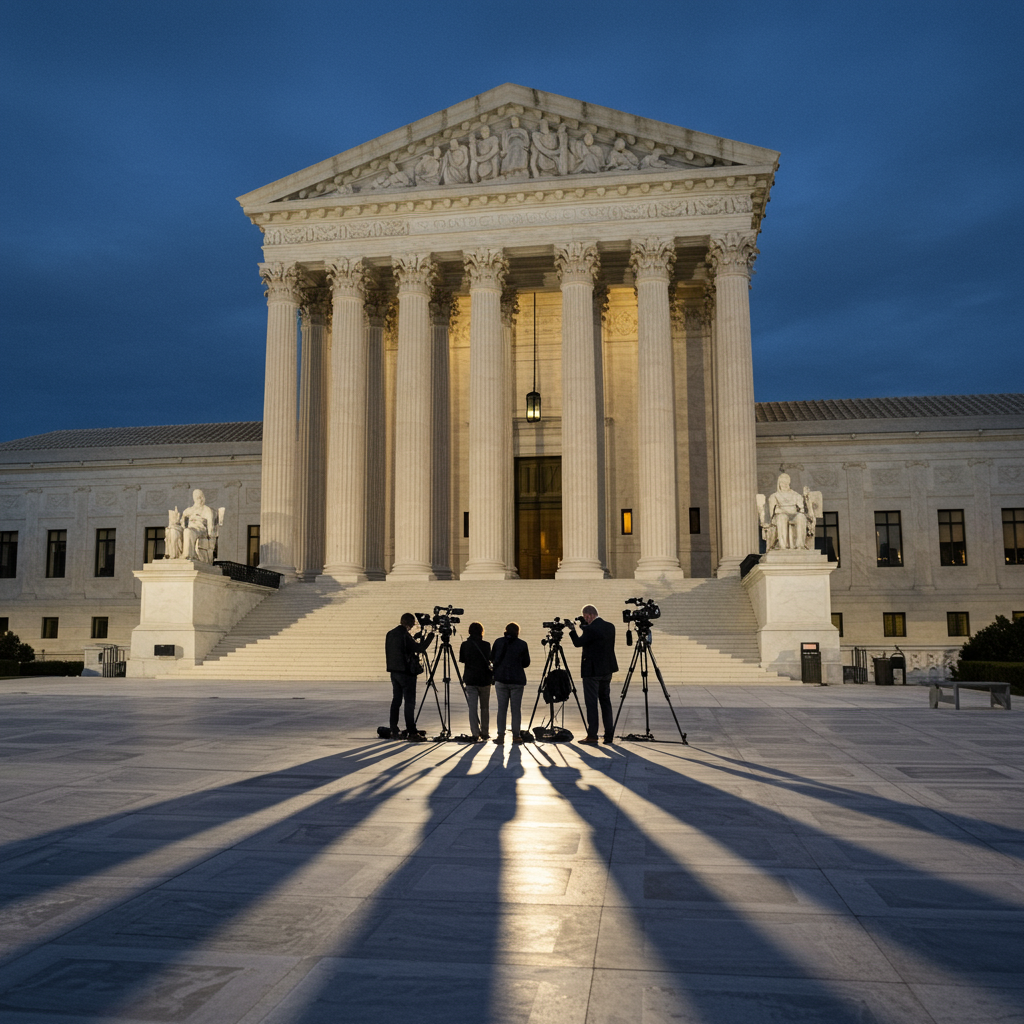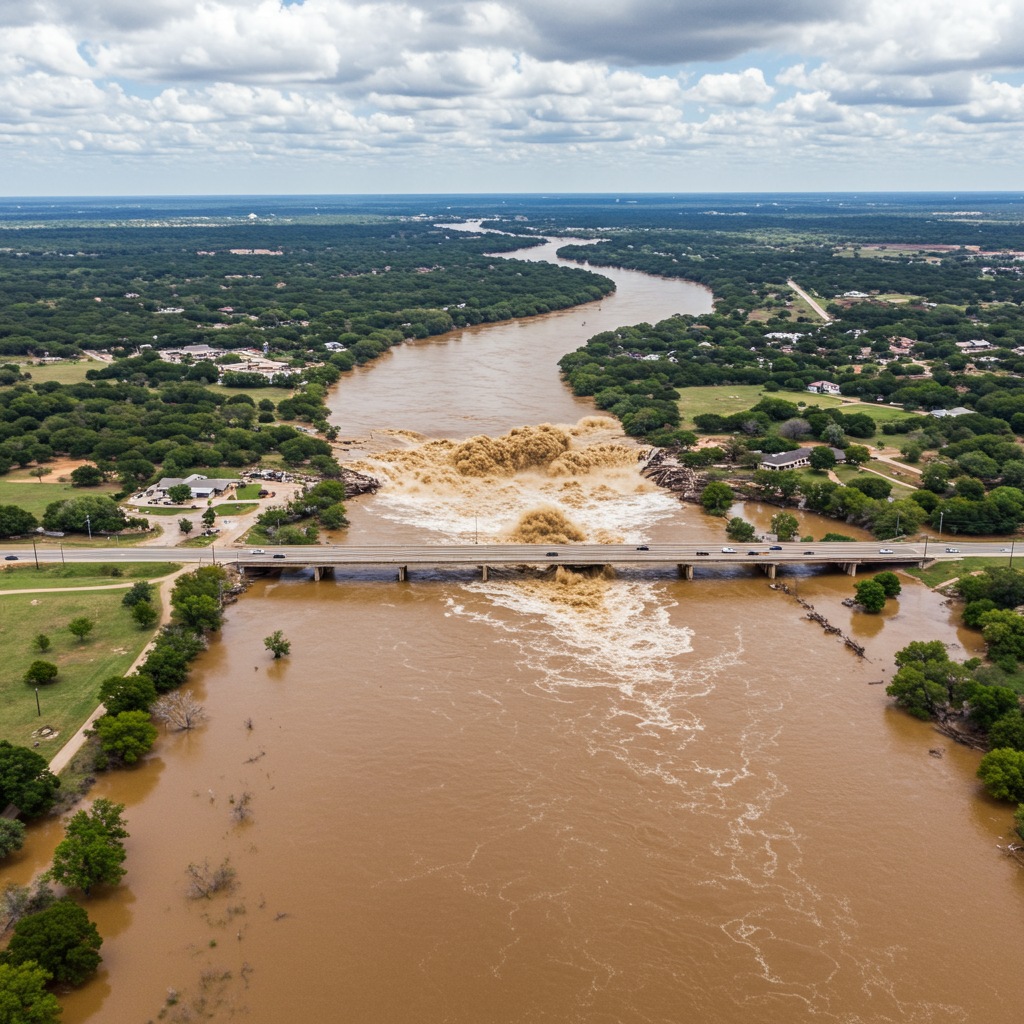The United States is grappling with an unprecedented US government shutdown that has already etched its name in history as the longest. As of early November 2025, the federal government shutdown has stretched for 38 days, prompting widespread disruptions and significant concerns across the nation. This extended political deadlock, originating on October 1st, has stalled essential services, impacted countless federal workers, and cast a long shadow over the nation’s economic outlook. Washington D.C. remains mired in a contentious legislative battle, with both parties holding firm on their demands, creating a high-stakes standoff with profound implications for everyday Americans.
The Unfolding Crisis: A Record-Breaking Standoff
The current US government shutdown has surpassed all previous closures in duration, marking a critical moment in American political history. This prolonged absence of federal funding has rapidly escalated from a temporary inconvenience to a full-blown crisis, disrupting vital government functions and placing immense pressure on the nation’s infrastructure and its citizens. The Capitol, typically a bustling hub of legislative activity, has become a symbol of the impasse, with negotiators unable to bridge the gap between partisan demands.
Beyond the Numbers: Real-World Disruptions
The ripple effects of this historic shutdown are profound and tangible. Federal agencies, operating with reduced staff or entirely closed, are struggling to maintain critical services. One of the most alarming impacts has been on air travel. The Federal Aviation Administration (FAA) reported a significant reduction in commercial air travel capacity, attributing the cutbacks to weeks of unpaid work by air traffic controllers. This precarious situation led to the cancellation of approximately 800 US-linked flights as of Friday morning, according to FlightAware data, causing immense frustration and travel chaos for millions.
Beyond air travel, other vital programs face severe strain. In an unprecedented move, Donald Trump’s administration attempted to halt payments under the government’s food aid program. While a court order blocked this action, the very attempt highlighted the extreme measures being considered and the vulnerability of crucial social safety nets during such a crisis. These disruptions underscore the direct and immediate consequences this extended federal government shutdown has on the public, from transportation safety to food security.
Economic Fallout and Lingering Questions
The economic ramifications of the shutdown are also becoming increasingly evident. Kevin Hassett, director of the National Economic Council, has warned that the shutdown is expected to halve GDP growth in the current quarter. While he anticipates a rebound in the following quarter, assuming the shutdown concludes and federal workers receive back pay, the immediate slowdown creates instability. The uncertainty surrounding federal worker compensation further exacerbates economic anxieties. President Trump has publicly contemplated withholding pay for the time the government was shut down, a move that would inflict severe financial hardship on the roughly 800,000 federal employees already enduring weeks without income. This prolonged uncertainty not only affects individual households but also casts doubt on consumer confidence and overall economic stability.
Political Gridlock: The Battle Over Funding
At the heart of the crisis lies a bitter political struggle over government funding. Republicans, who control both chambers of Congress, have been unable to secure the necessary bipartisan support to pass spending legislation. In the Senate, any funding bill requires at least 60 votes to advance, a threshold that necessitates cooperation from the minority party. Senator John Thune, the Senate majority leader, has made 14 unsuccessful attempts to gain Democratic backing for a House-approved bill to fund the government through November 21st, with only three minority lawmakers voting in favor.
The Healthcare Subsidy Standoff
A major sticking point in negotiations centers on healthcare subsidies. Democrats are staunchly demanding that any funding bill include an extension of tax credits designed to lower premiums for enrollees in Affordable Care Act (ACA) health plans. These credits, first enacted during Joe Biden’s presidency, are set to expire by the end of the year. Without an extension, individuals on these plans face an average cost increase of 26%, according to findings by the Kaiser Family Foundation. Democrats argue that allowing these credits to lapse would create an undue burden on millions of Americans, making healthcare less affordable and accessible.
Electoral Signals and Shifting Blame
The political landscape has been further complicated by recent electoral outcomes. Democrats gained significant momentum after sweeping off-year elections in several states earlier in the week. Party leaders, including Senate’s top Democrat Chuck Schumer, quickly attributed these victories to voter discontent with high costs and a perceived “do-nothing strategy” by Republicans. Schumer asserted that “Americans plagued by high costs fired a political torpedo this week at Donald Trump and Republicans,” suggesting that voters hold the GOP responsible for the ongoing gridlock. Public polls appear to reinforce this sentiment, indicating that Republicans are bearing more of the blame for the shutdown than Democrats. This electoral boost has only stiffened Democratic resolve, making them less likely to compromise on their demands.
Navigating the Aftermath: What Happens Next?
The path to resolving this unprecedented US government shutdown remains unclear. With Republicans planning a 15th vote on Friday, the immediate focus is on whether a solution can be found to either reopen the government fully or at least provide pay for federal workers who have continued to work without compensation. However, the deep divisions over policy, particularly healthcare, suggest that a swift resolution is far from guaranteed.
Potential Paths to Resolution
One potential outcome involves a short-term continuing resolution that might fund the government for a limited period, buying more time for negotiations. Another would be a comprehensive spending package that addresses all outstanding issues, including the contentious healthcare subsidies. The political calculus, however, is heavily influenced by the upcoming national elections. Neither party wants to be seen as backing down, especially with newly energized voter bases.
The Filibuster Debate and Future Implications
Amidst the legislative paralysis, the debate over the Senate’s filibuster rule has re-emerged. President Trump has publicly called for Republicans to eliminate the filibuster, arguing that it prevents the majority party from advancing its agenda. “If Republicans kill the Filibuster, they sail to Victory for many years to come. If they don’t, DISASTER waiting to happen!” he posted on Truth Social. However, key Republican figures like Senator Thune have indicated that their lawmakers do not support such a drastic change. The fate of the filibuster could profoundly impact how future legislative stalemates, including potential federal government shutdowns, are handled, potentially ushering in an era of more frequent and impactful legislative changes or, conversely, even deeper partisan divides. The current shutdown serves as a stark reminder of the challenges inherent in a divided government.
Frequently Asked Questions
How does this 2025 US government shutdown compare to previous ones?
The US government shutdown in 2025 is notable because it has become the longest in the nation’s history, surpassing all previous closures in duration. This record-breaking length, reaching 38 days and stretching into its seventh week by early November, distinguishes it significantly. Previous shutdowns, while disruptive, rarely extended for such an extended period, leading to unprecedented impacts on federal agencies, the economy, and critical public services like air travel and food aid programs.
Who is primarily affected by the federal government shutdown in 2025?
Millions of Americans are primarily affected by the federal government shutdown in 2025. This includes approximately 800,000 federal workers who are either furloughed or working without pay, leading to severe financial hardship. Citizens relying on government services are also heavily impacted, particularly those utilizing programs like food aid, which faced an attempted payment pause, and air travelers experiencing widespread flight cancellations due to understaffed FAA operations. The broader economy also feels the impact through reduced GDP growth.
What are the key political issues preventing an end to the current US government shutdown?
The primary political issue preventing an end to the current US government shutdown is a standoff over healthcare subsidies. Democrats are demanding that any funding bill include an extension of tax credits for Affordable Care Act (ACA) enrollees, which are set to expire, leading to potential premium increases of 26%. Republicans, despite controlling Congress, have been unable to secure the 60 votes needed in the Senate to pass their preferred funding bill without these extensions, creating a legislative deadlock that has persisted for weeks.
Conclusion
The 2025 US government shutdown is more than just a political maneuver; it’s a crisis with far-reaching consequences for the nation. As it deepens into unprecedented territory, the urgency for resolution grows. The standoff over healthcare subsidies, exacerbated by recent electoral shifts and the looming debate over the filibuster, highlights the deeply entrenched partisan divisions in Washington D.C. Until a compromise can be forged, the disruptions to public services, the economic toll, and the uncertainty facing federal workers will continue to unravel, demanding the attention and resolution of congressional leaders. The challenge now lies in finding common ground to restore stability and trust in the government’s ability to serve its people.



